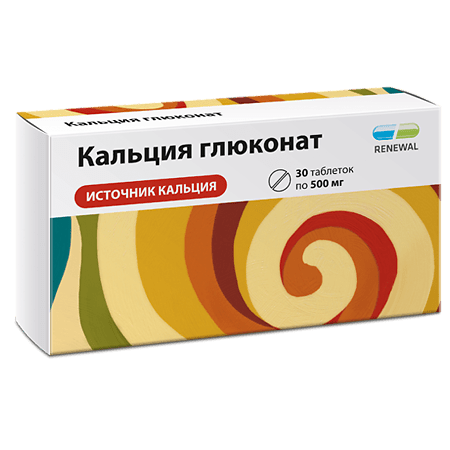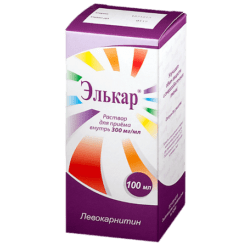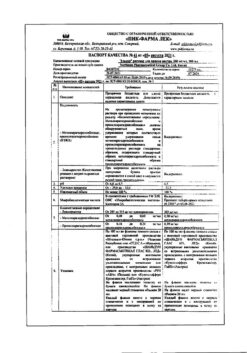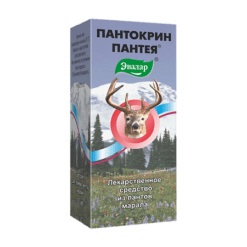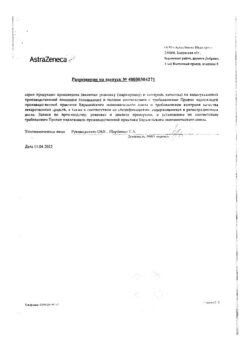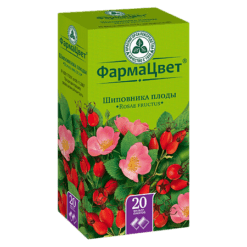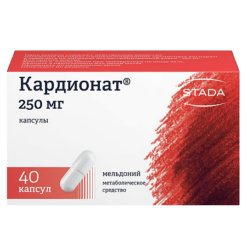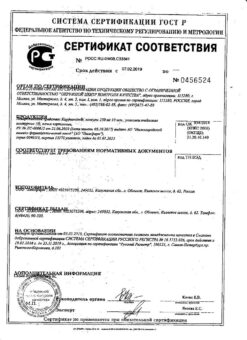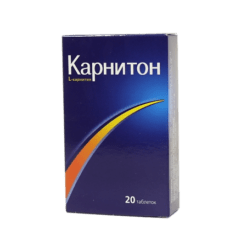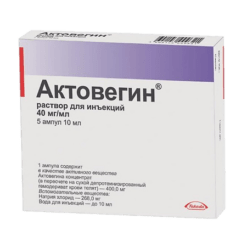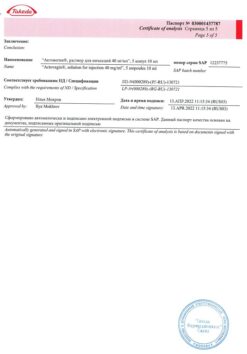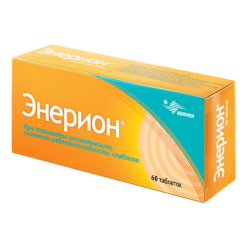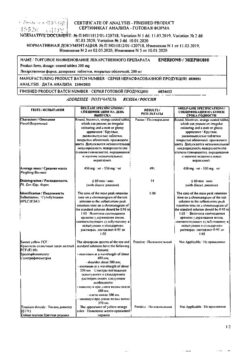No products in the cart.
Calcium gluconate, tablets 500 mg 30 pcs
€2.54 €2.12
Description
Calcium ions drug, replenishes the lack of calcium ions required for the transmission of nerve impulses, reduction of skeletal and smooth muscles, myocardial activity, formation of bone tissue, blood clotting.
Pharmacokinetics
Approximately 1/5-1/3 of ingested calcium gluconate is absorbed in small intestine; this process depends on the presence of vitamin D, pH, specifics of diet and the presence of factors that can bind calcium ions. Absorption of calcium ions increases with calcium deficiency and a diet with reduced calcium ions. About 20% is excreted by the kidneys, the rest (80%) by the intestine (actively excreted by the terminal wall of the gastrointestinal tract).
Indications
Indications
Hypofunction of the parathyroid glands (latent tetany, osteoporosis), vitamin D metabolism disorders: rickets (spasmophilia, osteomalacia), hyperphosphatemia in patients with chronic renal failure.
A condition accompanied by an increased need for calcium (pregnancy, unbalanced and poor nutrition).
Chronic intoxication with magnesium salts, oxalic and hydrofluoric acids and their soluble salts (when interacting with calcium gluconate, insoluble salts and non-toxic calcium oxalate and calcium fluoride are formed).
Hyperkalemic form of paroxysmal myoplegia.
Pharmacological effect
Pharmacological effect
The calcium ion preparation replenishes the deficiency of calcium ions, which is necessary for the transmission of nerve impulses, contraction of skeletal and smooth muscles, myocardial activity, bone tissue formation, and blood clotting.
Pharmacokinetics
Approximately 1/5-1/3 of calcium gluconate taken orally is absorbed in the small intestine; this process depends on the presence of vitamin D, pH, diet and the presence of factors that can bind calcium ions. The absorption of calcium ions increases with calcium deficiency and a diet with a reduced content of calcium ions. About 20% is excreted by the kidneys, the rest (80%) by the intestines (actively excreted by the wall of the terminal section of the gastrointestinal tract).
Special instructions
Special instructions
Calcium supplements should be used with caution in patients with heart disease or sarcoidosis. Careful monitoring of the amount of calcium in the blood and calcium excretion in the urine is necessary when prescribing high doses of the drug, especially in children.
Treatment should be suspended if the level of calcium in the blood exceeds 2.625 – 2.75 mmol/l or if urinary calcium excretion exceeds 5 mg/kg. High intakes of vitamin D should be avoided during calcium therapy.
In patients with mild hypercalciuria, decreased glomerular filtration rate, or a history of nephrolithiasis, the drug should be administered with caution and under monitoring of calcium levels in the urine.
To reduce the risk of developing nephrolithiasis, drinking plenty of fluids is recommended.
Active ingredient
Active ingredient
Calcium gluconate
Composition
Composition
For one tablet:
active substance:
calcium gluconate monohydrate – 0.5 g
excipients:
potato starch – 0.0194 g
talc – 0.0053 g
calcium stearate – 0.0053 g
Pregnancy
Pregnancy
Pregnant women taking calcium supplements with vitamin D are at increased risk of developing hypercalcemia.
In recommended doses, taking calcium supplements does not cause any negative consequences for the fetus; use is also safe during breastfeeding.
Contraindications
Contraindications
Hypersensitivity to the components of the drug, hypercalcemia (calcium concentration should not exceed 12 mg% = 6 mEq/l), hypercalciuria, nephrourolithiasis (calcium), sarcoidosis, intoxication with cardiac glycosides (risk of arrhythmias), severe renal failure, tendency to thrombosis. Children under 5 years of age.
With caution:
Dehydration, electrolyte disturbances (risk of developing hypercalcemia), diarrhea, malabsorption syndrome, slight hypercalciuria, moderate chronic renal failure, chronic heart failure, widespread atherosclerosis, hypercoagulation, chronic diseases of the gastrointestinal tract, history of calcium nephrourolithiasis.
Side Effects
Side Effects
Allergic reactions, constipation, irritation of the gastrointestinal mucosa, nausea, vomiting, diarrhea, pain in the upper abdomen.
Interaction
Interaction
Reduces the pharmacological effects of blockers of “slow” calcium channels.
When used simultaneously with quinidine, intraventricular conduction may slow down and quinidine toxicity may increase.
Slows down the absorption of tetracyclines, digoxin, and oral iron preparations (the interval between doses should be at least 2 hours); when combined with thiazide diuretics, it can increase hypercalcemia, reduces the effect of calcitonin in hypercalcemia, and reduces the bioavailability of phenytoin.
Overdose
Overdose
Symptoms: hypercalcemia.
Treatment: to eliminate it, 5-10 IU/kg/day of calcitonin is administered (diluted in 0.5 l of 0.9% sodium chloride solution). Duration of administration 6 hours
Storage conditions
Storage conditions
In a dry place at a temperature not exceeding 25 °C.
Keep out of the reach of children.
Shelf life
Shelf life
5 years
Manufacturer
Manufacturer
Update of PFC JSC, Russia
Additional information
| Shelf life | 5 years |
|---|---|
| Conditions of storage | In dry place at a temperature not exceeding 25 ° C. Keep out of reach of children. |
| Manufacturer | Update PFC AO, Russia |
| Medication form | pills |
| Brand | Update PFC AO |
Related products
Buy Calcium gluconate, tablets 500 mg 30 pcs with delivery to USA, UK, Europe and over 120 other countries.

